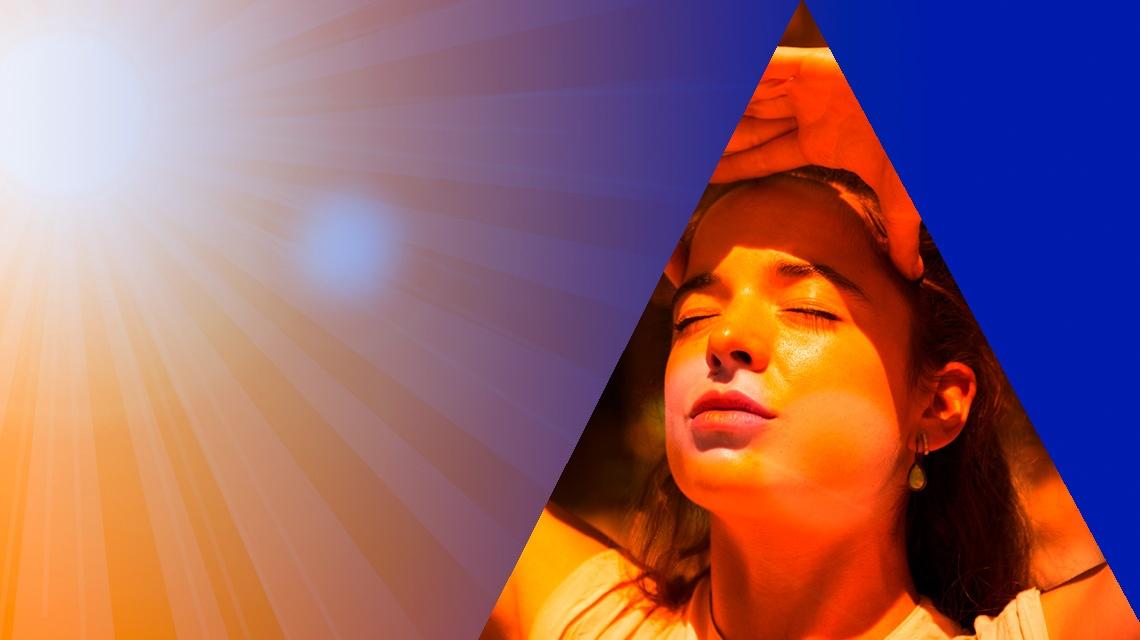Italian National Agency for New Technologies, Energy and Sustainable Economic Development

Health: hi-tech bracelets to protect the skin from UV radiation
ENEA and Sapienza University of Rome are developing wearable and customized devices
ENEA and Sapienza University of Rome are working on a wearable and customized sensor which alerts users to the strenght of UV radiation, with the aim of measuring skin exposure to solar radiation and avoiding exceeding recommended limits of ultraviolet radiation, which synthesises vitamin D that helps the body absorb calcium.
“In recent years, both the scientific community and citizens have been developing a growing awareness of the short and long-term effects of excess exposure to UV radiation. The medical community recognizes the need for personalized advice on sun exposure given the existence of different phototypes and that’s where UV sensors, which measure exposure levels, come into play”, explained Sabina Botti, researcher at the ENEA Micro and Nanostructures Laboratory for Photonics.
The sensors developed by ENEA and Sapienza University of Rome, made mostly of hydrogel material[1], are cheap, easy to manufacture and can be customized: exposure limit values in fact depend on the amount of melanin, which is responsible for the pigmentation of the skin, that varies from person to person.
"It will be possible to develop customized sensors, suitable both for subjects with very white skin (phototypes I and II) and those with darker skin, more resistant to ultraviolet light (phototypes from III onwards)", said Botti. “They can be easily embedded into wearable media (for example in a bracelet) and are easy to interpret, since the sensor alerts users to over-exposure through 'fading' of the material of which it’s made”, concluded Botti.
The Chemical and Materials Engineering Laboratory of Sapienza University of Rome is creating the composite material of which the sensor is made, i.e. a hydrogel matrix containing a dye, methylene blue, and nanoparticles of titanium dioxide. The ENEA Laboratory of Micro and Nanostructures for Photonics deals with titanium dioxide nanoparticles production and studies the response of sensors to ultraviolet light, using Raman micro-spectroscopy techniques.
Thanks to its high water content, hydrogels properties are comparable to those of biological tissues, making them potentially biocompatible and suitable for other applications.
